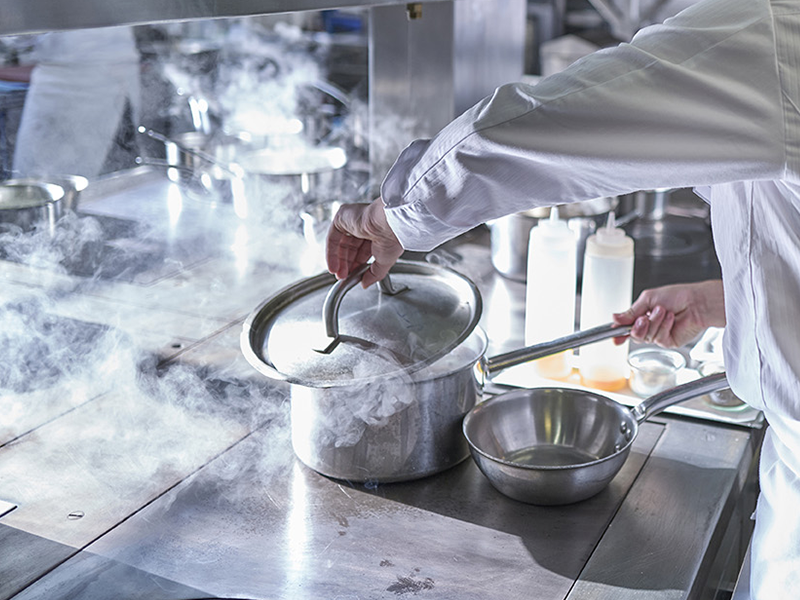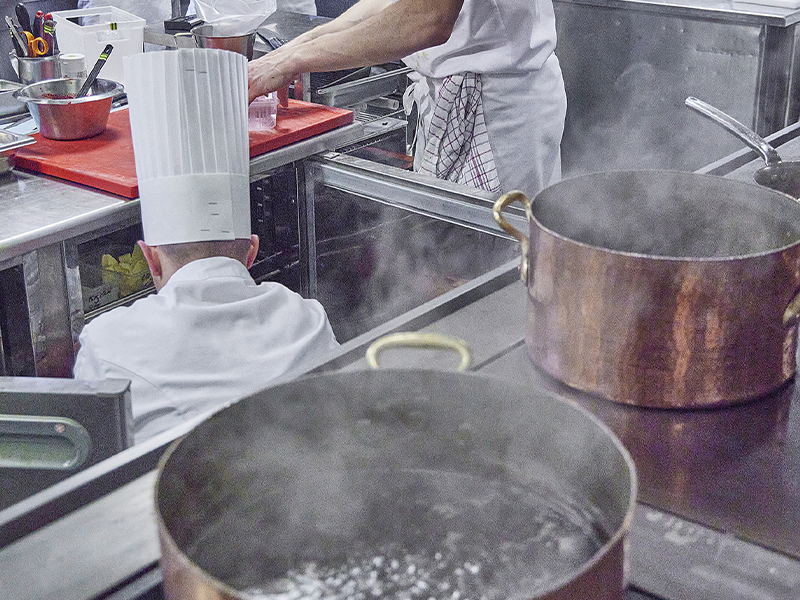
World Tour of the Best Sandwiches
To diversify your bakery products, we share the best trends.
The classic ham and butter sandwich is as popular as ever, but beyond that, we have many novelties. The baguette sandwich is winning people over again, and there are many sophisticated variations of it.









